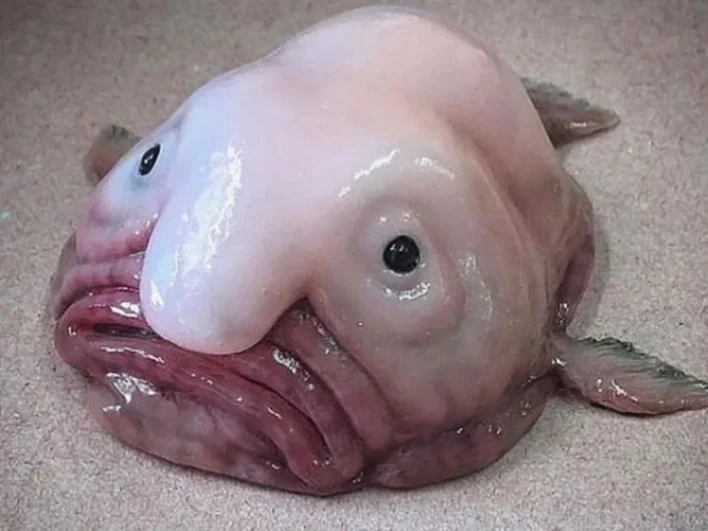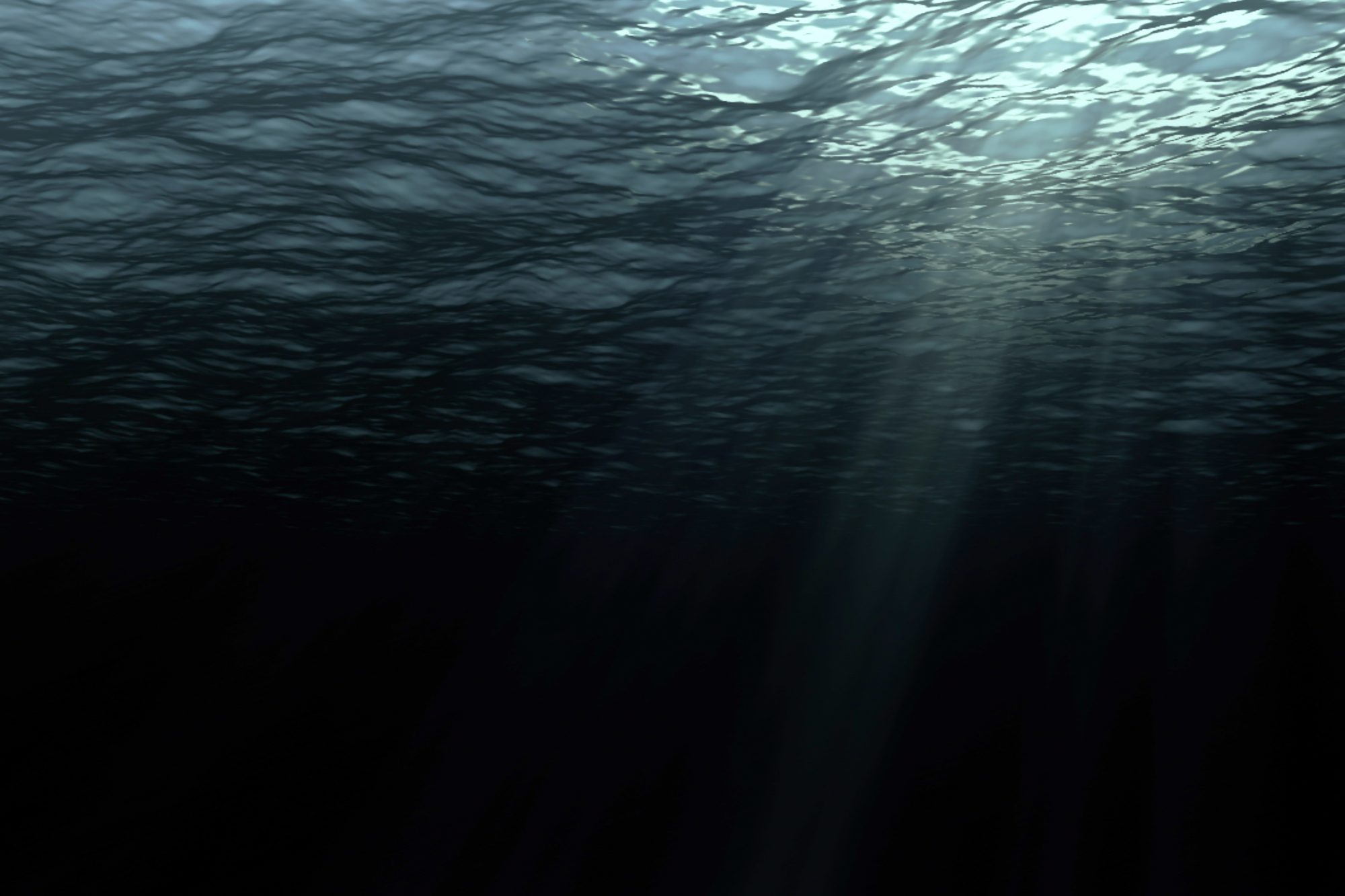The bottom of the sea is a totally dark, cold, and lonely place where the pressure of the water is extremely high like 400 times the normal pressure at the surface level. Surviving in this kind of situation is not an easy task. If humans were to reach the sea bottom without adequate protection, we would be crushed instantly and dissolved in the water. But some creatures manage to live and thrive in such conditions. How?
The Counter-Intuitive Approach
When we think about withstanding high pressure, we imagine something solid and strong to resist the pressure. For example, submarines are built with strong materials to withstand the pressure of deep water. But, deep-sea creatures have a totally different kind of adaptation for that. Instead of resisting pressure by being hard and strong, they adapt by not having anything in their bodies to be crushed.
They have soft and flexible bodies without any air-filled cavities or rigid structures that can be crushed by pressure. Surface animals usually have many air-filled spaces in their bodies. Deep sea creatures don’t have any of them. For example, the deep-sea fish known as the blobfish has a body that looks like a gelatinous blob. On the surface, it looks strange and squishy, but at the sea bottom, this body structure helps it withstand the immense pressure. If you are a flexible blob without any low-pressure (air-filled) cavities, then there is nothing to be crushed.

Another important adaptation is the way deep-sea creatures handle pressure at a cellular level. Their cells contain special proteins called piezolytes that prevent them from being damaged by high pressure. These proteins stabilize the structure of their cells, allowing them to function normally even in extreme conditions.
Man-made Things
If a deep-sea creature had a hard, rigid body, it could be more vulnerable to pressure. Hard structures can break or fracture under extreme pressure. That’s why human-made submarines and submersibles are designed with very strong, thick materials to resist being crushed, but even then, the design must account for the distribution of pressure to avoid weak points.
The Titan submersible tragedy that happened in June 2023 highlights these challenges. Any design flaw or material weakness could lead to catastrophic failures. The huge metal body imploded due to the pressure, crushing everyone inside it.

Think About
Water in lakes and ponds freezes if the climate gets too cold. Since sunlight never reaches the bottom of the sea, water must be frozen there. But it’s not. Why?
Reference Links:
https://www.bbc.com/future/article/20230404-how-do-animals-survive-in-the-deep-ocean
https://www.scienceabc.com/nature/animals/deep-sea-fishes-not-get-crushed-pressure-sea-floor.html
